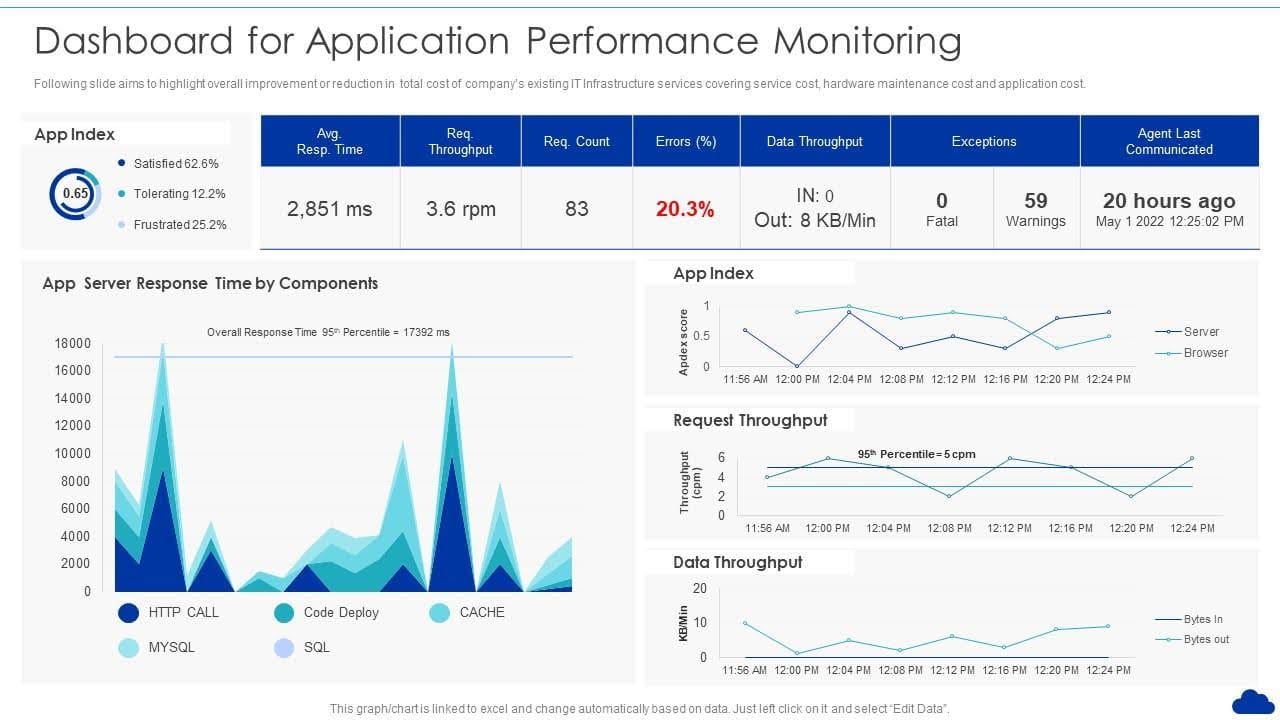Challenges Faced with Managed Cloud Service Providers

Unprepared businesses often face a lot of problems when they try to move to or manage cloud services. Being aware of these problems can help you choose a managed cloud service provider that fits the goals of your business.
Security Concerns
Data protection is one of the main things people worry about when they work with managed cloud service providers. Businesses can be seriously threatened by risks linked to data breaches, compliance with regulations, and data privacy.
Potential Risks Related to Data Security and Compliance
Data breaches:
unauthorized access to private information without permission can lead to financial loss, reputational damage, and legal consequences.
Compliance issues:
cloud service companies must follow certain regulations set by different industries, such as GDPR and HIPAA, or face hefty fines.
Ensuring Robust Security Measures Are in Place
Encryption: ensuring that data is encrypted while in transit and at rest.
Access controls:
to prevent unwanted access, implement stringent access controls and multi-factor authentication.
Regular audits:
conducting frequent security audits and vulnerability assessments in order to identify and mitigate potential threats.
Cloud Services You Might Use
AWS Identity and Access Management (IAM) helps manage access to AWS services and resources safely by controlling who can access them.
Azure Security Center offers unified control of security and protection against advanced threats
The Google Cloud Security Command Center lets you oversee security and data risks across Google Cloud.
Service Reliability
Service reliability is important for keeping businesses running. Service delays and downtime can cost a lot of money and disrupt critical processes.
Risks of Downtime and Service Interruptions
Financial loss:
long periods of downtime can mean lost productivity and revenue.
Reputational damage:
unreliable service can hurt the company’s reputation and make customers less likely to trust it.
Ensuring High Availability and Business Continuity
Redundancy:
putting in place backup systems and failover methods to make sure operations keep going.
Service Level Agreements (SLAs):
making sure there are clear SLAs with the cloud managed service provider to ensure speed and uptime standards.
Cloud Services You Might Use
AWS Elastic Load Balancing sends incoming application traffic to various targets automatically.
Azure Site Recovery keeps business apps and workloads going during outages to make sure the business stays open.
Google Cloud Load Balancing acts as a software-defined managed tool for all traffic and spreads it out evenly.
Cost Management
Cloud services can save you money, but it is harder than it looks to keep track of unplanned costs and stick to your budget.
Dealing with Cloud Services Costs You Didn't Expect
Over-provisioning:
paying for idle resources can cause excessive expenses.
Costs of data transfer:
hidden fees for data transport across services or regions might mount up.
Tips for Making a Budget and Keeping Costs in Check
Cost monitoring tools:
using tools to monitor and manage cloud spending in real time.
Budget planning:
develop precise budget plans that account for all possible charges.
Cloud Services You Might Use
AWS Cost Explorer offers insights into your AWS costs and consumption habits.
Azure Cost Management and Billing allows you to monitor, allocate, and optimize cloud expenditures.
Google Cloud Cost Management provides tools and best practices for managing cloud expenditures effectively.
Performance Optimisation
Making sure that cloud-based apps work at their best is important for both user happiness and business efficiency.
Optimizing Application Performance in the Cloud
Problems with latency:
network delay can impair the performance of cloud-based apps.
Resource allocation:
allocate resources to ensure efficient application’s run.
Addressing Latency and Performance Issues
Geographical considerations:
to lower latency, choose data center sites close to users.
Performance monitoring:
continuously monitor performance and adjust resource allocation.
Cloud Services You Might Use
AWS CloudWatch: real-time monitoring of your Amazon Web Services resources and applications.
Azure Monitor boosts the availability and performance of your applications and services.
Google Cloud Monitoring provides statistics about the performance, uptime, and overall health of cloud-powered apps.
Provider Dependence
Using a single managed cloud service provider can limit flexibility and increase the risk of lock-in.
Challenges of Relying on a Single Cloud Service Provider
Vendor lock-in:
switching providers is difficult because of proprietary technology and data transfer complications.
Service disruptions:
dependence on only one vendor might amplify the effects of service outage.
Methods to Maintain Freedom and Avoid Lock-In
Multi-cloud strategies:
using various cloud providers will reduce risk and boost flexibility.
Interoperability:
ensure that services and apps are interoperable with different providers.
Cloud Services You Might Use
AWS Outposts: deploys AWS infrastructure and services to virtually any on-premises site.
Azure Arc: integrates Azure services and management into any infrastructure.
Google Anthos: uses a consistent platform to manage apps on-premises or in the cloud.




